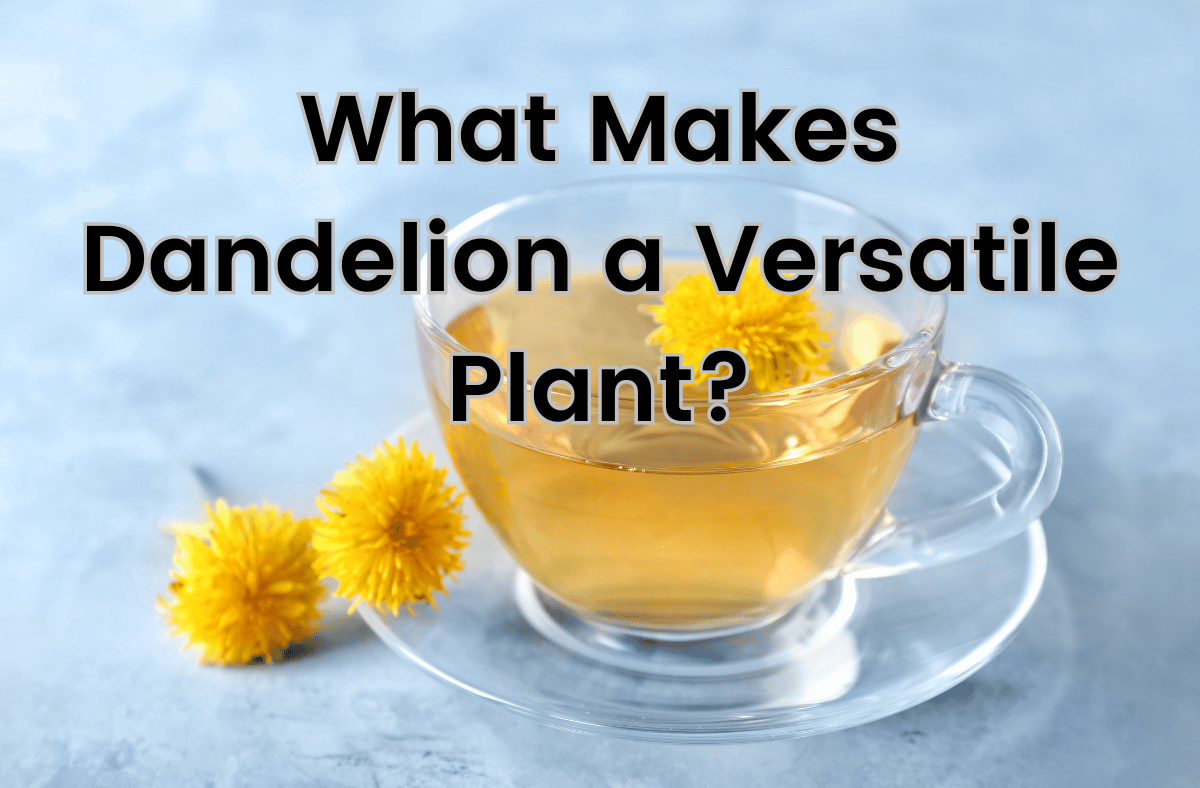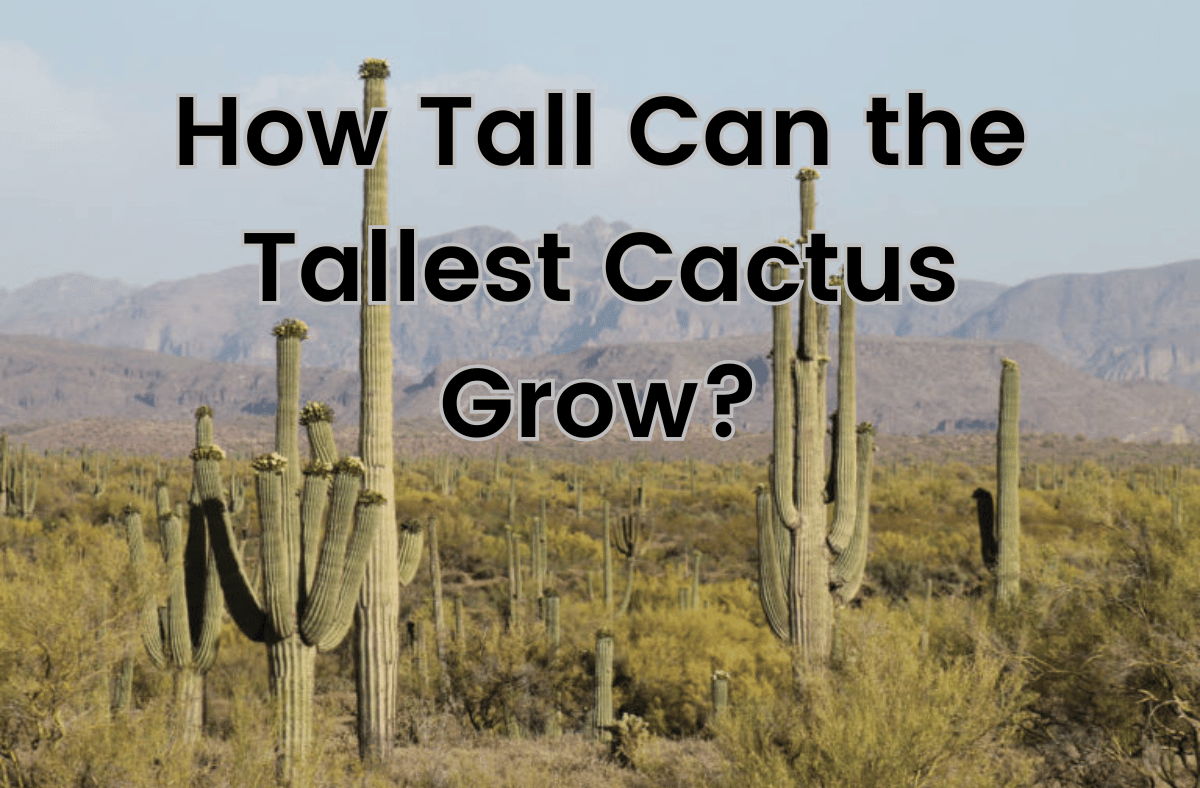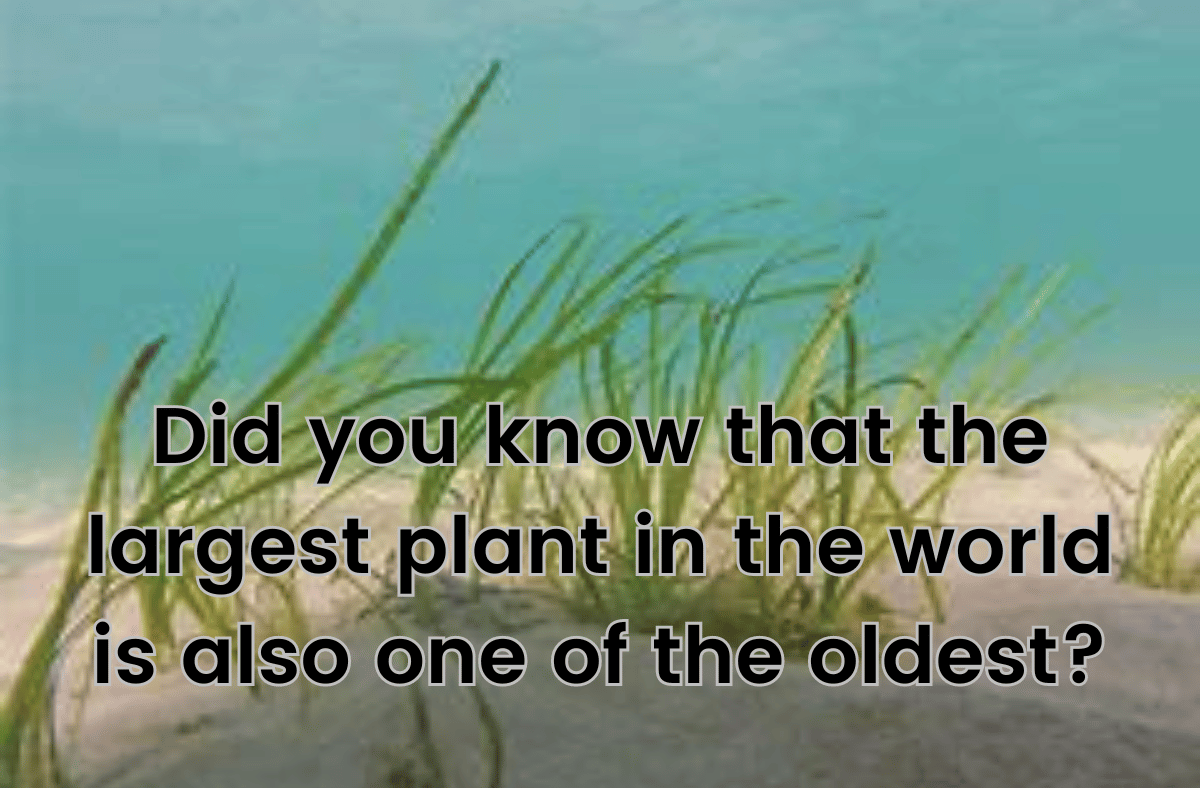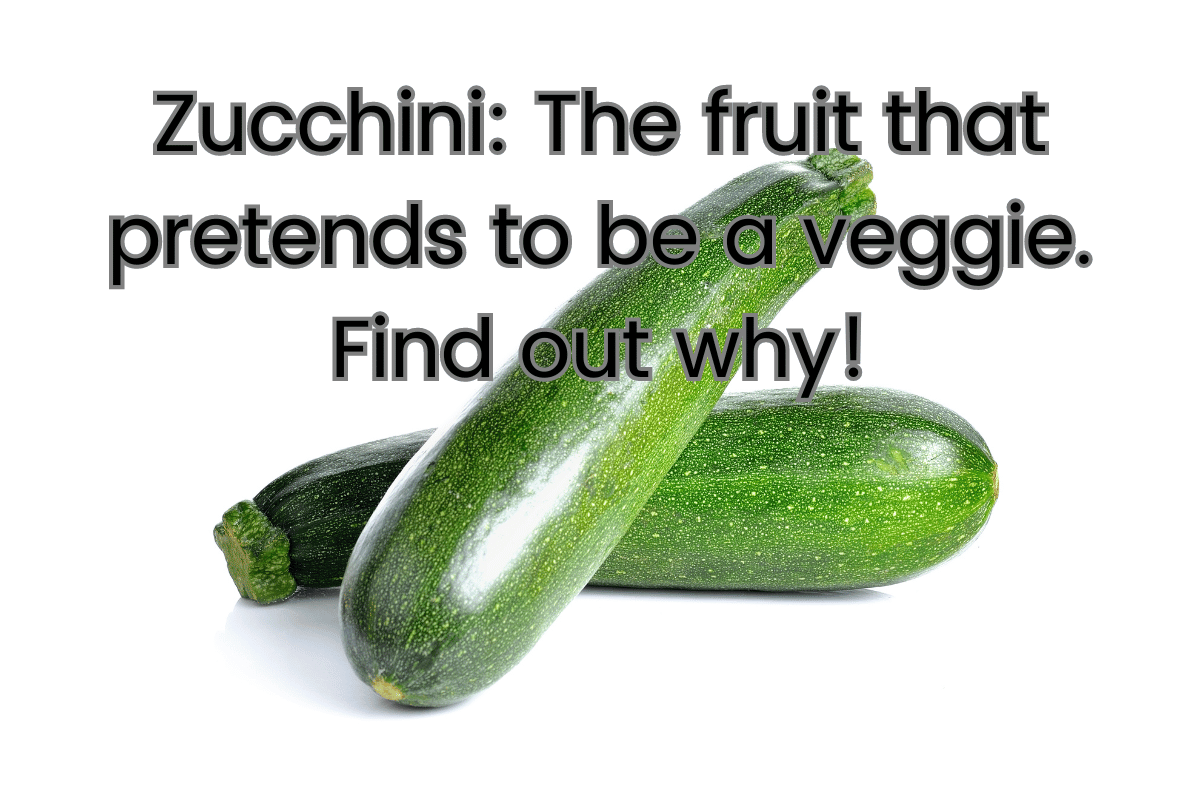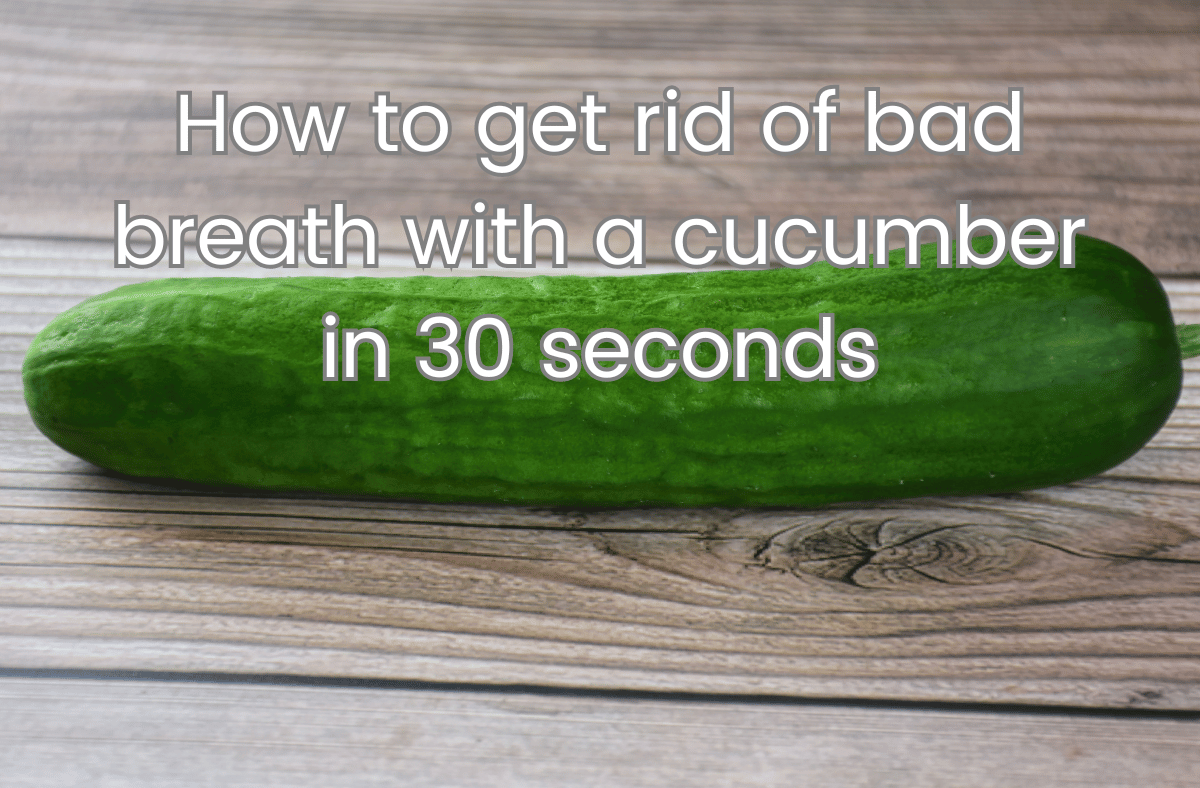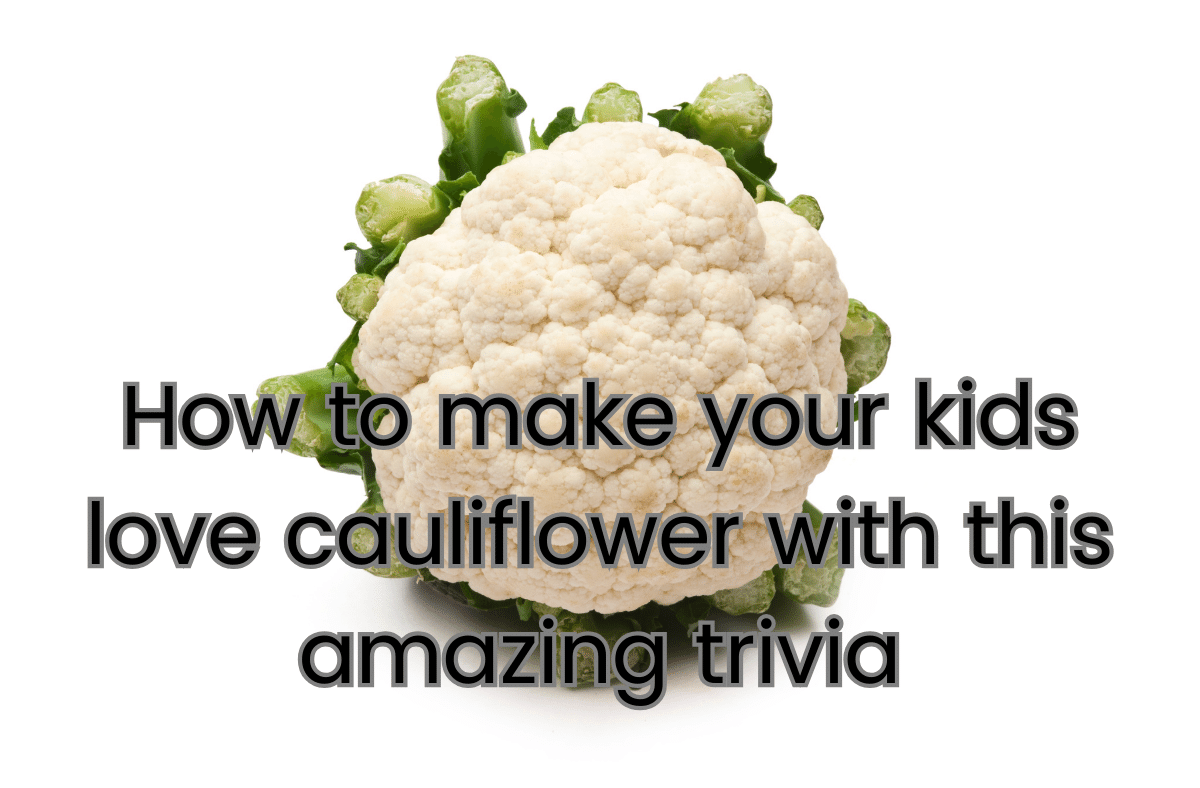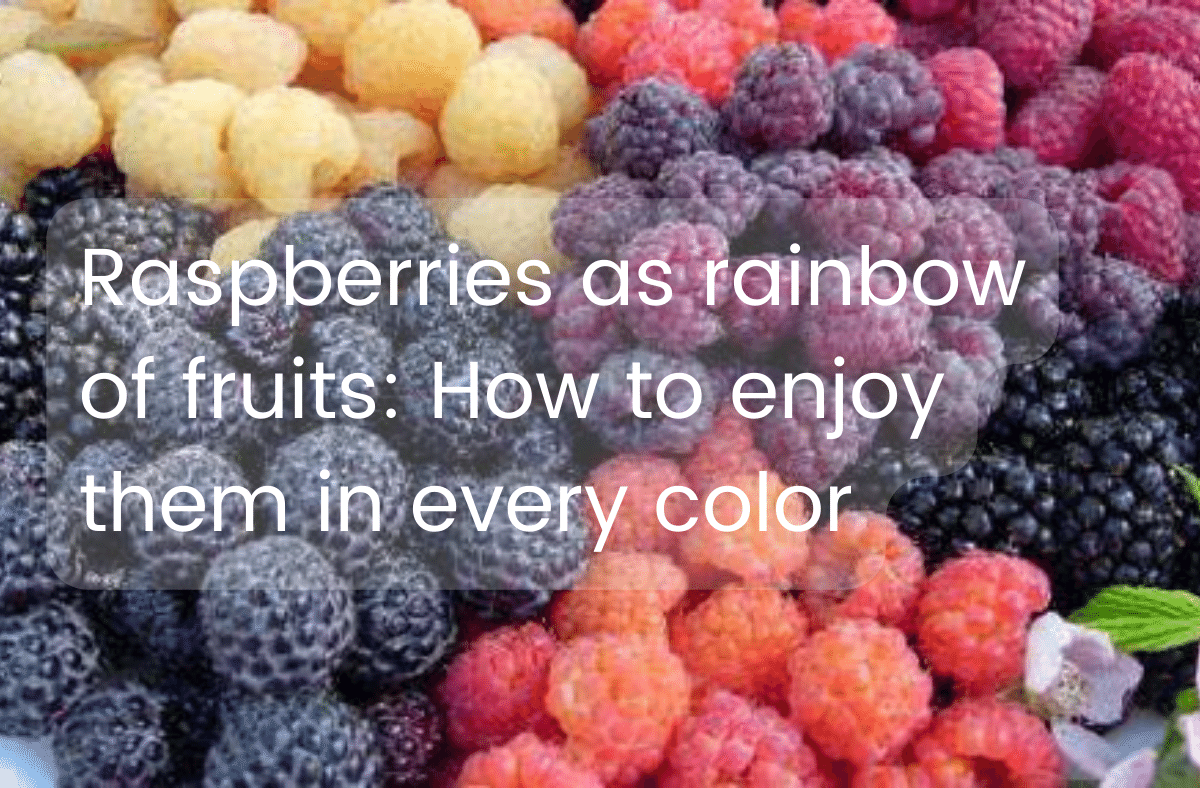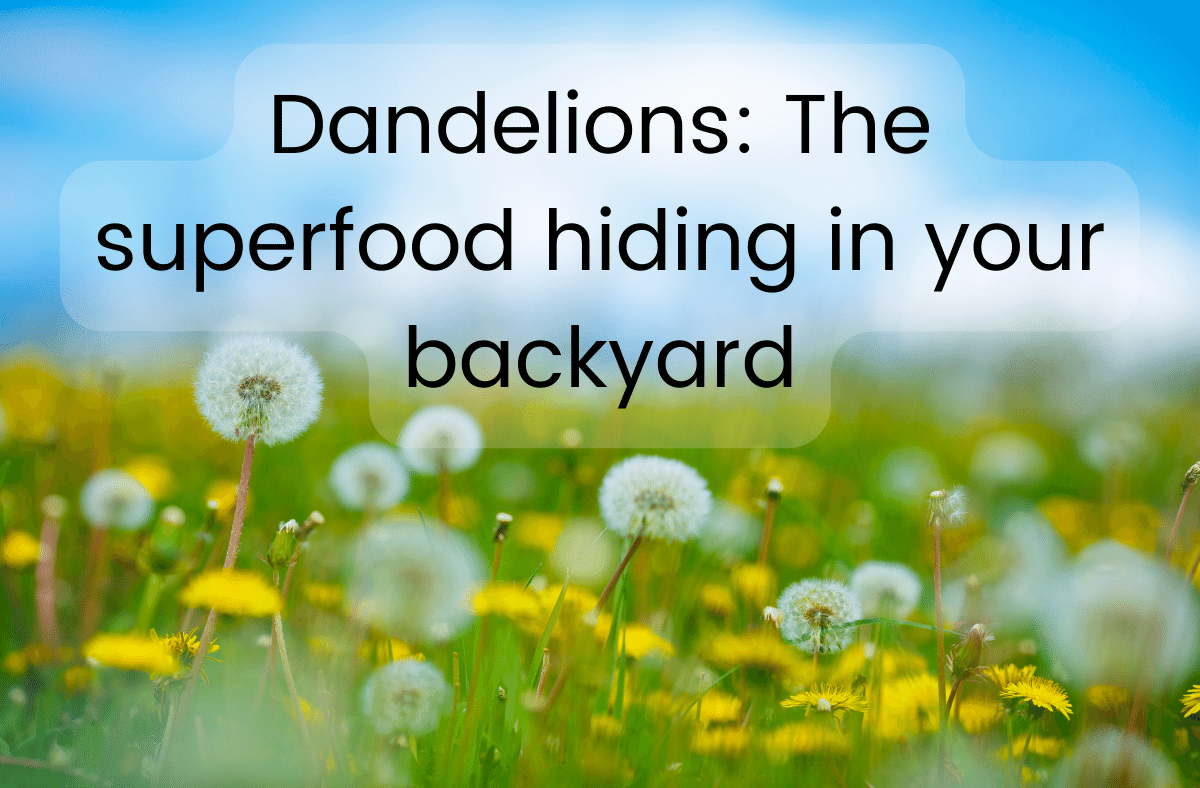Plants are essential for life on Earth, but some of them can also be deadly. From poisonous berries to venomous vines, there are many plants that can harm humans and animals in various ways. In this article, we will explore seven of the most fascinating facts about the world’s most dangerous plants, and learn how they use their toxins, spines, and traps to defend themselves or catch their prey. Read on if you dare, but be careful not to touch anything!
How to Recognize and Avoid the Deadly Manchineel Tree

The manchineel tree is a deadly plant that grows in tropical regions. Its sap can cause severe burns and blisters on the skin. Moreover, its fruits are poisonous and can be fatal if eaten. Therefore, you should avoid touching or eating any part of this tree. If you see a tree with green, shiny leaves and small, greenish-yellow fruits, stay away from it. Additionally, look for warning signs that may indicate the presence of a manchineel tree nearby.
The Venus Flytrap: A Carnivorous Plant with a Deadly Trap

The Venus flytrap is a carnivorous plant. It grows in wetlands and catches insects. How does it do that? It has two leaves that form a trap. When an insect lands on the trap, it triggers tiny hairs. Then, the trap snaps shut and digests the insect. The Venus flytrap is a deadly plant for bugs.
The Giant Hogweed: A Plant that Can Cause Severe Burns and Blindness

The giant hogweed is a plant that you should avoid at all costs. It has a sap that can cause severe burns and blisters on your skin. Moreover, if the sap gets into your eyes, it can make you blind. This plant can grow up to 5 meters tall and has white flowers that look like umbrellas. However, don’t be fooled by its appearance. The giant hogweed is a dangerous invader that can harm you and the environment.
The Castor Bean Plant: The Source of the World’s Most Poisonous Substance

The castor bean plant (Ricinus communis) produces seeds that contain ricin, a highly toxic protein. Ricin can be extracted from the waste mash of castor oil production. It can cause serious harm or death if ingested, inhaled, or injected.
According to the CDC, there is no antidote for ricin poisoning. The best way to prevent it is to avoid contact with castor beans or ricin. Ricin has been used as a biological weapon in the past, but its effectiveness is limited by its instability and difficulty of delivery.
The Gympie Gympie: A Stinging Tree that Can Cause Months of Agony

The Gympie Gympie is a stinging tree native to Australia. It has tiny hairs that inject venom into the skin. The pain can last for months and even years. Some people have killed themselves to escape the agony. Therefore, avoid touching this plant at all costs.
The Oleander: A Beautiful but Deadly Ornamental Plant

The oleander is a popular ornamental plant. It has colorful flowers and evergreen leaves. However, it is also very poisonous. All parts of the plant contain toxins that can harm humans and animals. If ingested, the oleander can cause nausea, vomiting, irregular heartbeat, and even death. Therefore, it is important to keep the plant away from children and pets. Moreover, one should wear gloves when handling the plant or pruning it. The oleander is a beautiful but deadly plant that requires caution and care.
The Rosary Pea: A Plant with Seeds that Can Kill with a Single Bite

The rosary pea is a plant with deadly seeds. They contain a toxin called abrin, which is more poisonous than ricin. If you bite a seed, you can die within hours. The symptoms include vomiting, diarrhea, and organ failure. There is no antidote for abrin poisoning. However, the seeds are harmless if swallowed whole. They have a hard coat that protects them from digestion. Some people use them as beads for jewelry or rosaries. This is very risky and not recommended.




